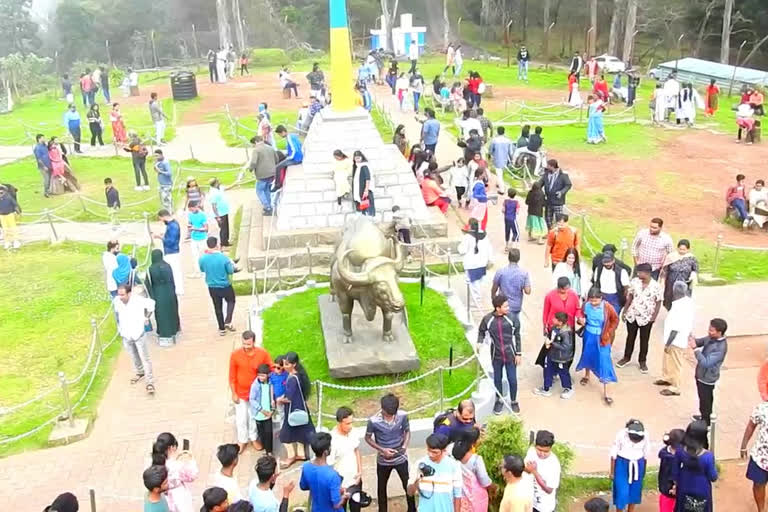Hyderabad: The 'International Day of Older Persons' 2022 is being celebrated on October 1. The day was first observed on October 1, 1991 after the UN General Assembly on December 14, 1990, made October 1 as the International Day of Older Persons. In India, the day is all the more significant as a recent report has noted that India is ageing faster as compared to other countries.
Let us know what it means for the country. The population of older persons (60 years and above) is growing faster than the general population globally. This phenomenon is known as population ageing. In India, increasing life expectancy, along with a decline in fertility rates, is causing the country's population to age.
As per the 'Elderly India 2021' report, between 2021 and 2031, the share of those over the age of 60 in India’s population is expected to increase from 10.1% to 13.1%. The report while citing the census reports, said that India had 24.7 million elderly population as per the 1961 census, which rose to 137.9 million as per the 2021 census projections.
The elderly population is projected to further rise to 193.8 million by 2031, the report noted. The percentage share of the elderly population in India rose from 8.6% in 2011 to 10.1% in 2021 and is projected to touch 13.1% in 2031, added the report. Further in the timeline, by 2061, this is expected to increase to 441 million, and every fourth Indian is expected to be aged 60 years or more.
Also read: Thousands back elderly Sikh widow's right not be deported to India from UK
India ranks fourth behind Japan, the USA and China in terms of the population aged 100 years and above. More importantly, India is second to only China in the list of top 10 countries with the highest 65-plus population. In further highlights from the Elderly India report 2021, Kerala has the highest share of elderly in the population at 16.5% and Bihar has the lowest at 7.7%.
The increase in the old-age dependency ratio, which rose from 10.9% in 1961 to 14.2% in 2011, is projected to increase from 15.7% and 20.1% in 2021 and 2031 respectively. Literacy levels among elderly males and females have improved over time in both rural and urban areas. However, the report noted a huge gender gap with over 59% elderly male literates as against only 29% elderly females.
The major problems of the aged people, as found by the report include economic, physiological and crime. As per the report, Indians live on average for 69.8 years, but this is much lower than in other populous countries. According to World Bank estimates, of the 29 countries with a population greater than 50 million, India ranked 21 in life expectancy in 2020.
Japan topped the list ( 84.6 years), followed by South Korea (83.4). Still, life expectancy in India has been continuously increasing for both genders. According to the government data, between 1970 and 75 and 2014 and 18, the life expectancy of men increased from 51 to 68 years, and that of women, from 49 to 71 years.
Interestingly, women in India have been living, on average, longer than men beginning 1991-95. Further, Indians in urban areas live longer than those in rural ones (73 years versus 68 years). When population age increases rapidly, this has implications on the socioeconomic and health status of the elderly, the Elderly India report 2021 noted.
The implications range from economic, physiological and housing-related problems. In 2019-20, 2.6% of Indians in the 30-44 years age group were admitted to a hospital, according to the Union Ministry of Health and Family Welfare. For those aged 60-69 years, the proportion was three times that. And for those over the age of 70, that figure was 11.1%.
The elderly in India are most likely to die of non-communicable diseases, especially cardiovascular diseases. This is especially true for those in the age group of 55-69 years where cardiovascular diseases account for about 40% of deaths, the report said. For elders above the age of 70, the biggest cause of death is ill-defined symptoms and abnormal clinical findings.
As much as 32% of the urban elderly and 18% of the rural elderly were reported likely to be afflicted by cardiovascular issues, the Elderly India report 2021 said. Closely following were endocrine/metabolic diseases (26% among urban elders and 10% among rural elders). However, the gravity of these afflictions should be discounted, as 94.5% of men and 90.5% of women also reported being “physically mobile”. While the suicide rate has remained nearly constant for the elderly in the past two decades, the share of men contributing to it has been much higher than women, added the report. In 2021, 76% of elderly suicides were attributable to men.



